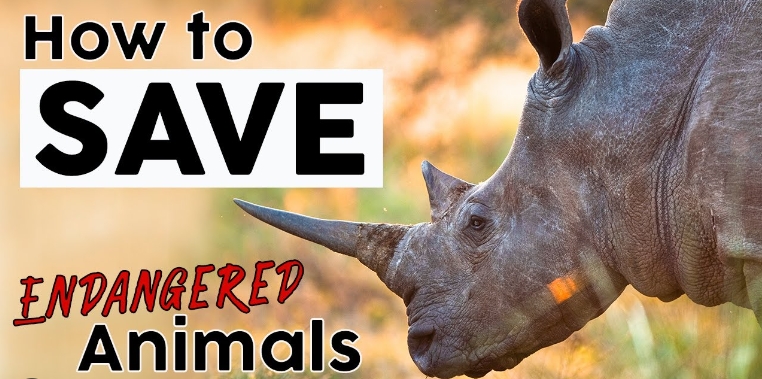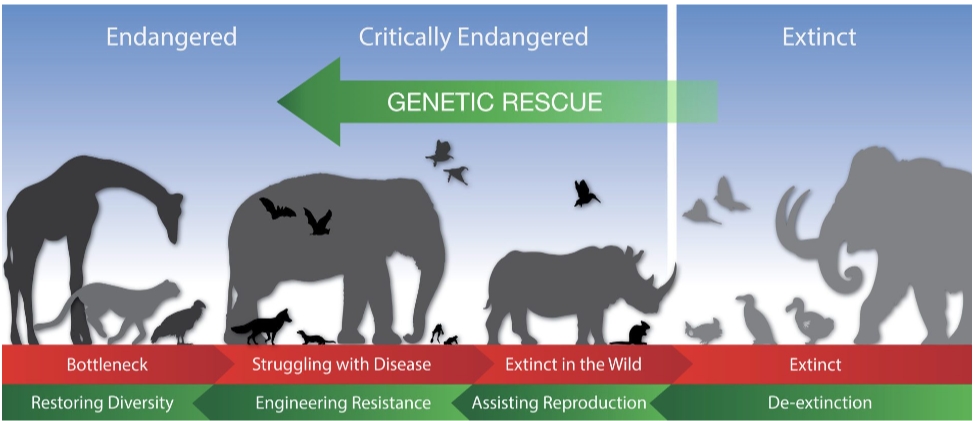In a world facing increasing threats to its biodiversity, innovative conservation efforts are emerging as crucial tools in saving species from extinction. These innovative animal extinction solutions are providing hope for the survival of some of the most vulnerable and endangered species on the planet.
Using Technology to Track and Monitor Species
One of the most significant advancements in conservation efforts is the use of technology to track and monitor species in their natural habitats. GPS tracking devices, camera traps, and satellite imagery are enabling conservationists to gather vital information about the movements, behaviors, and habitats of endangered species.
By using this technology, conservationists can better understand the threats facing these species and develop targeted conservation strategies to protect and restore their populations. For example, researchers are using GPS collars to track the movements of endangered species such as elephants and rhinos, helping to identify critical habitats and migration routes that need protection.
Community-Based Conservation Initiatives
Another key innovation in conservation efforts is the rise of community-based conservation initiatives. By involving local communities in conservation efforts, organizations are able to harness local knowledge and resources to protect endangered species and their habitats.
Community-based conservation initiatives empower local communities to take ownership of conservation efforts, leading to more sustainable outcomes and stronger support for conservation initiatives. For example, community-led ecotourism projects in places like Costa Rica and Kenya are helping to protect endangered species such as sea turtles and elephants, while also providing economic opportunities for local residents.
Collaborative Partnerships
Collaborative partnerships between governments, NGOs, and private organizations are also playing a critical role in saving species from extinction. By working together, these entities are able to pool their resources, expertise, and influence to implement conservation projects on a larger scale and reach a wider audience.
By collaborating with governments and other stakeholders, conservation organizations are able to advocate for stronger laws and policies to protect endangered species and their habitats. For example, collaborative partnerships have led to the establishment of protected areas such as national parks and marine reserves, providing vital safe havens for endangered species to thrive.
Innovative conservation efforts are providing new hope for the survival of species facing extinction. By using technology to track and monitor species, engaging local communities in conservation efforts, and forming collaborative partnerships, conservationists are making significant strides in protecting and preserving biodiversity for future generations. With continued innovation and dedication, we can work together to ensure the survival of some of the planet’s most precious and endangered species.


